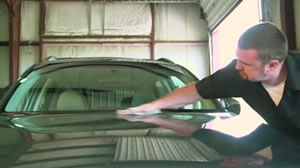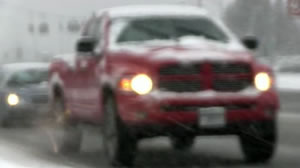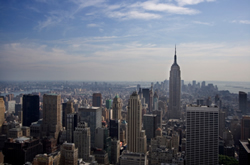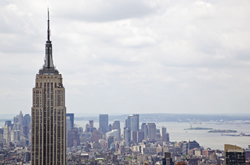Contributor Guide
Introduction Property releases protect the photographer/filmmaker from common liability issues surrounding filming on a certain property, or including the imagery of a certain property in the footage. "Property" may refer to the location, a building, or even an object. Generally, the potential legal issues mitigated with a property release are:
Because the footage submitted to Clipcentric is used for commercial purposes, we are very strict in our assessment of what content must be released. The information in this section is intended as a guide to help you understand what releases we will require as an accompaniment to your submissions. It is not intended as legal advice, and you should consult an IP professional for a full understanding of laws that apply to you. Trespass Trespass is the unlawful entry upon the lands or property of another. A properly constructed Property Release signed by the property owner will protect the photographer/filmmaker from claims that the footage was shot while trespassing. Rule of Thumb: If you will be shooting on or from private property, or are required to cross private property to reach the shooting location, you need a release. Privacy & Publicity Privacy and Publicity are rights often thought of as belonging to individuals. While technically true, these rights are often extended to the individuals through their property. For example, shooting a private home could arguably connect the individual that lives there to your work. Again, a properly constructed Property Release will protect the photographer/filmmaker from any claims of a violation of privacy or publicity. Rule of Thumb: If private property is identifiable in your shot, you need a release Copyright The architectural design of many public buildings are protected by copyright law. In the United States, buildings constructed prior to December 1, 1990 are not protected by copyright law. Therefore, such public buildings shot from a public place do not risk copyright infringement (however, other protections may still apply). However, copyright laws as they pertain to buildings and structures vary from country to country. For example: United States Copyright Exclusion Section 17 USC 120 (a) of the commerce law states: Pictorial Representations Permitted: The copyright in an architectural work that has been constructed does not include the right to prevent the making, distributing, or public display of pictures, paintings, photographs, or other pictorial representations of the work, if the building in which the work is embodied is located in or ordinarily visible from a public place.
Trademarks and Trade Dress Trademarks and Trade Dress laws were designed to protect consumers from confusion over the source of a product or service. Trademarks typically involve words or logos, while Trade Dress includes features, such as size, color, shape, packaging, or even abstract concepts such as atmosphere. When a Trademark is identifiable in a shot, it must be released. It is usually pretty clear when a trademark is identifiable, e.g. a Coca-cola logo on a plastic cup. Potential Trade Dress violations may be more challenging to identify. You may most frequently encounter protected trade dress with autombiles and consumer products. For example, it is almost never acceptable to show the front grill of an automobile without a release. Additionally, many automotive contours and shapes are protected.
Buildings & Structures Some buildings are protected by Trademark Laws, which are designed to protect consumers from confusion over the source of a product or service. Whether or not the use of such a building's imagery is a trademark violation is not easily answered. The case law that exists is at times contradictory. As a general rule of thumb, as long as the building is not the main focus of the shot, e.g. as part of a cityscape, and the shot does not include any logos or artwork, it is ok to shoot without a property release. Therefore, Clipcentric will not accept shots of a building without a release where that building is the main subject of the shot.
|





